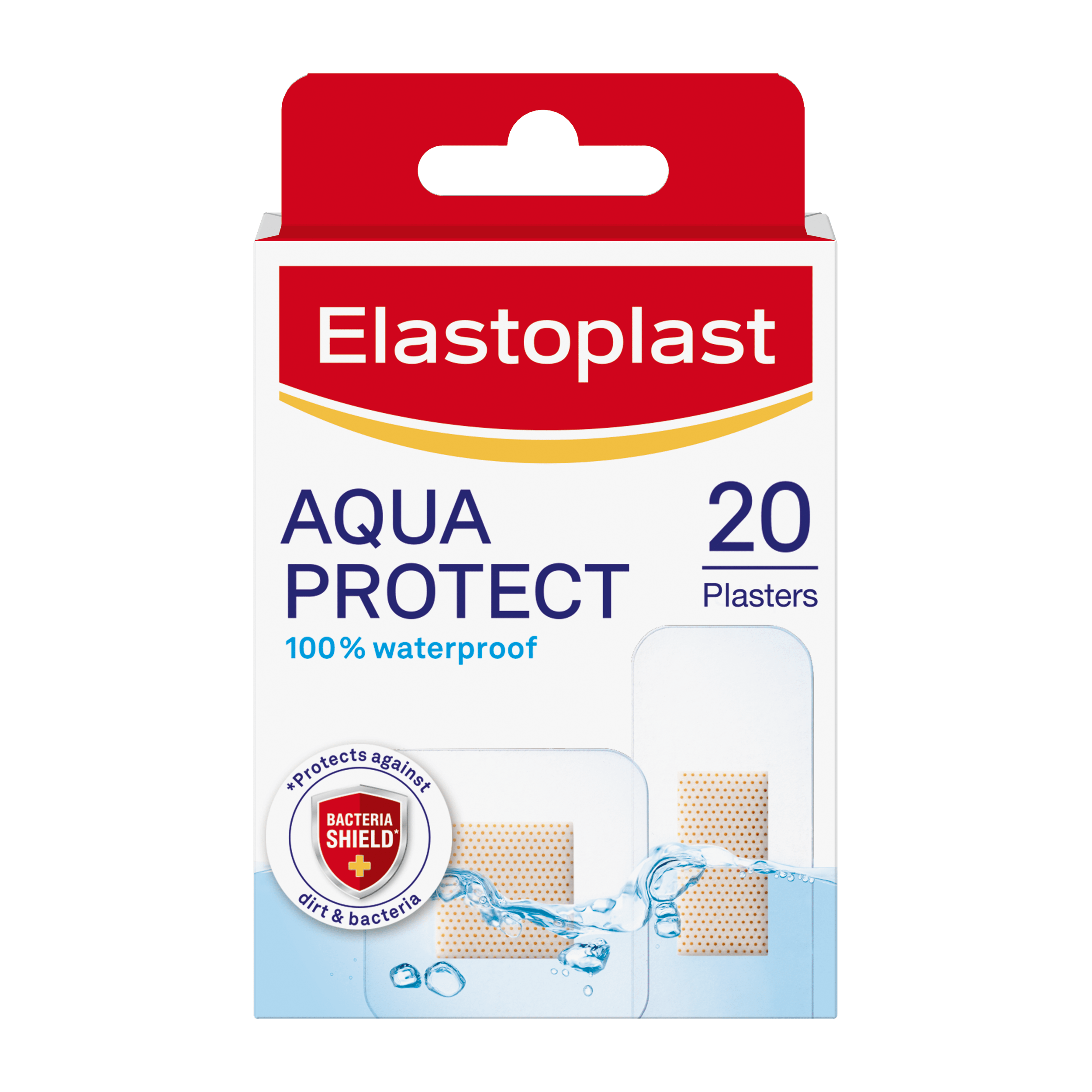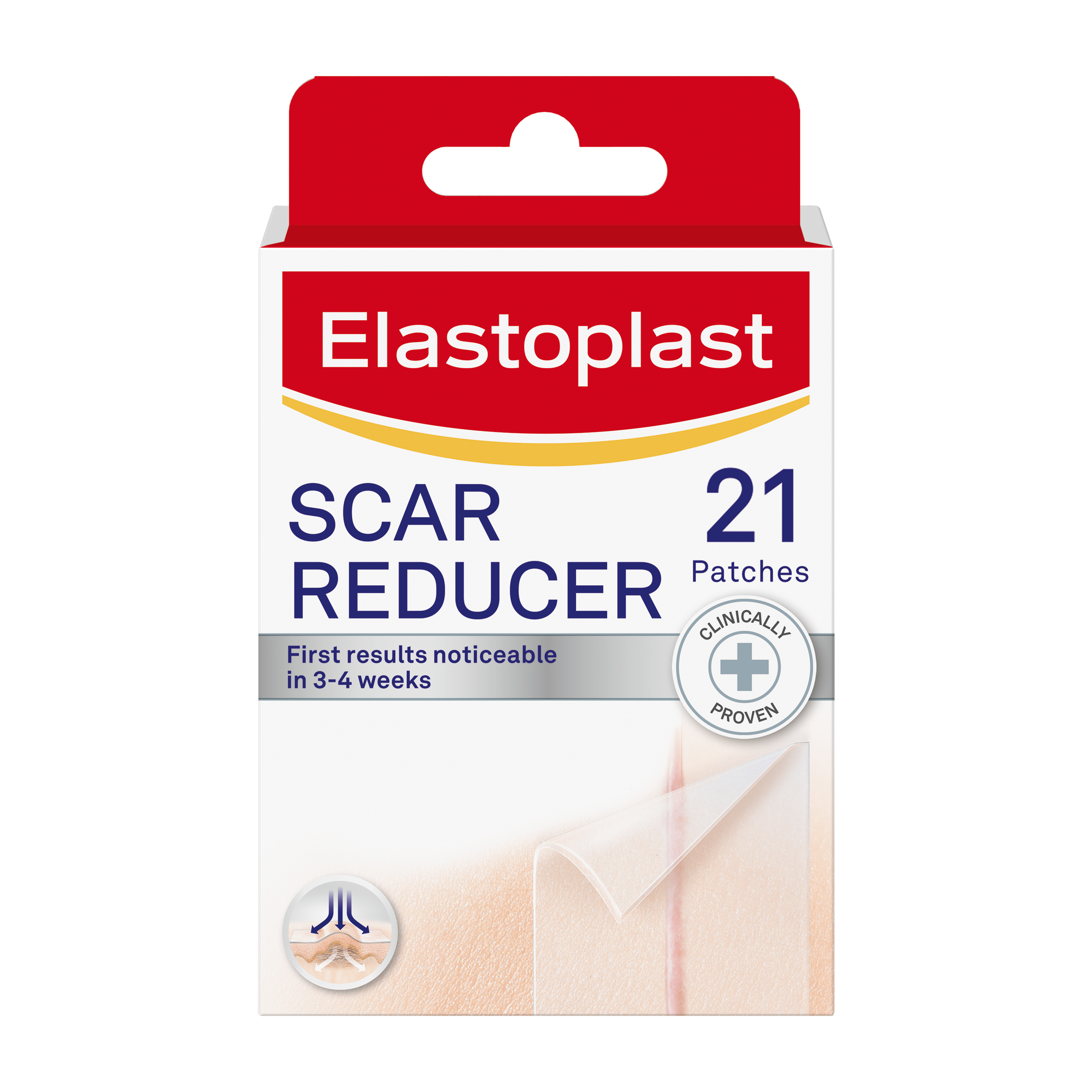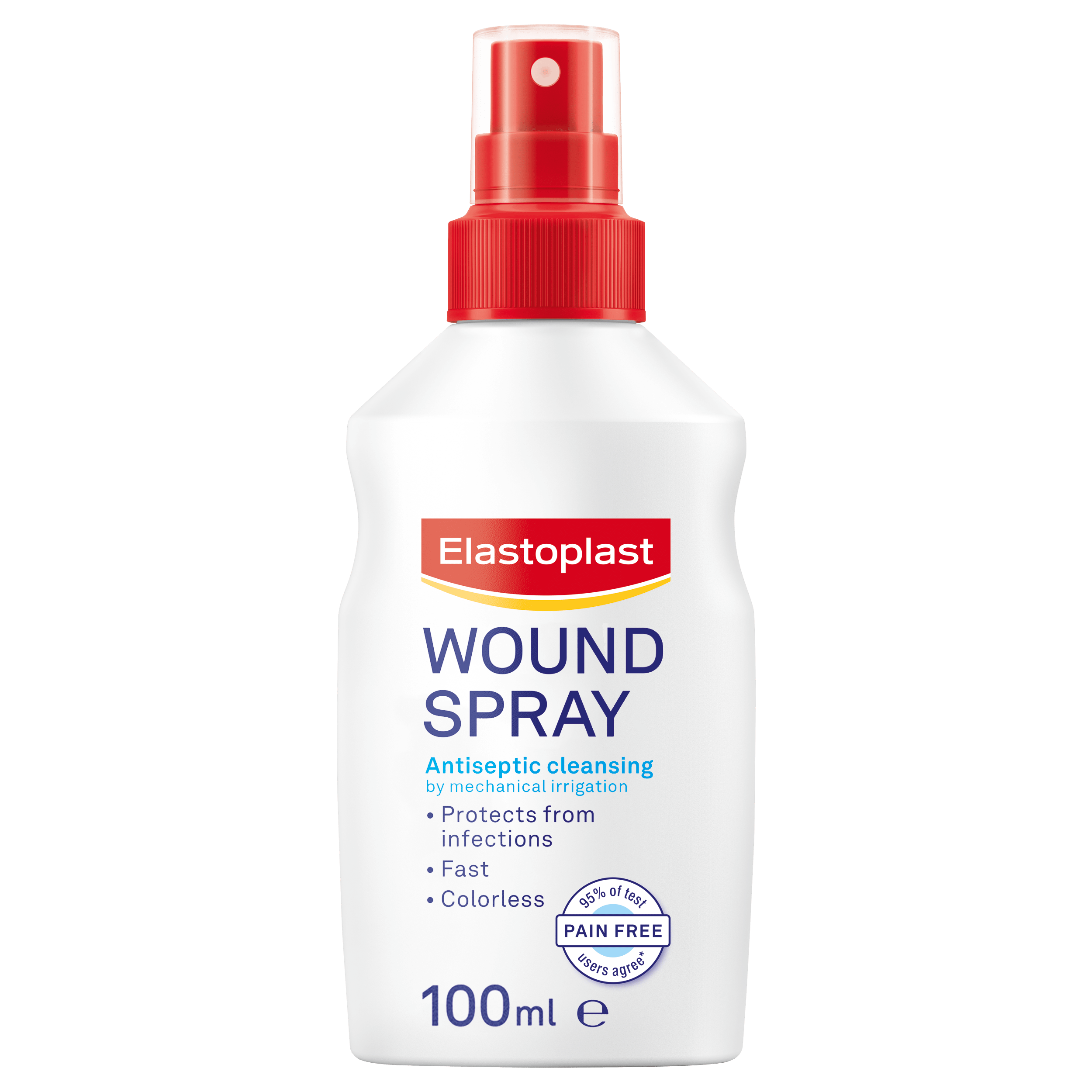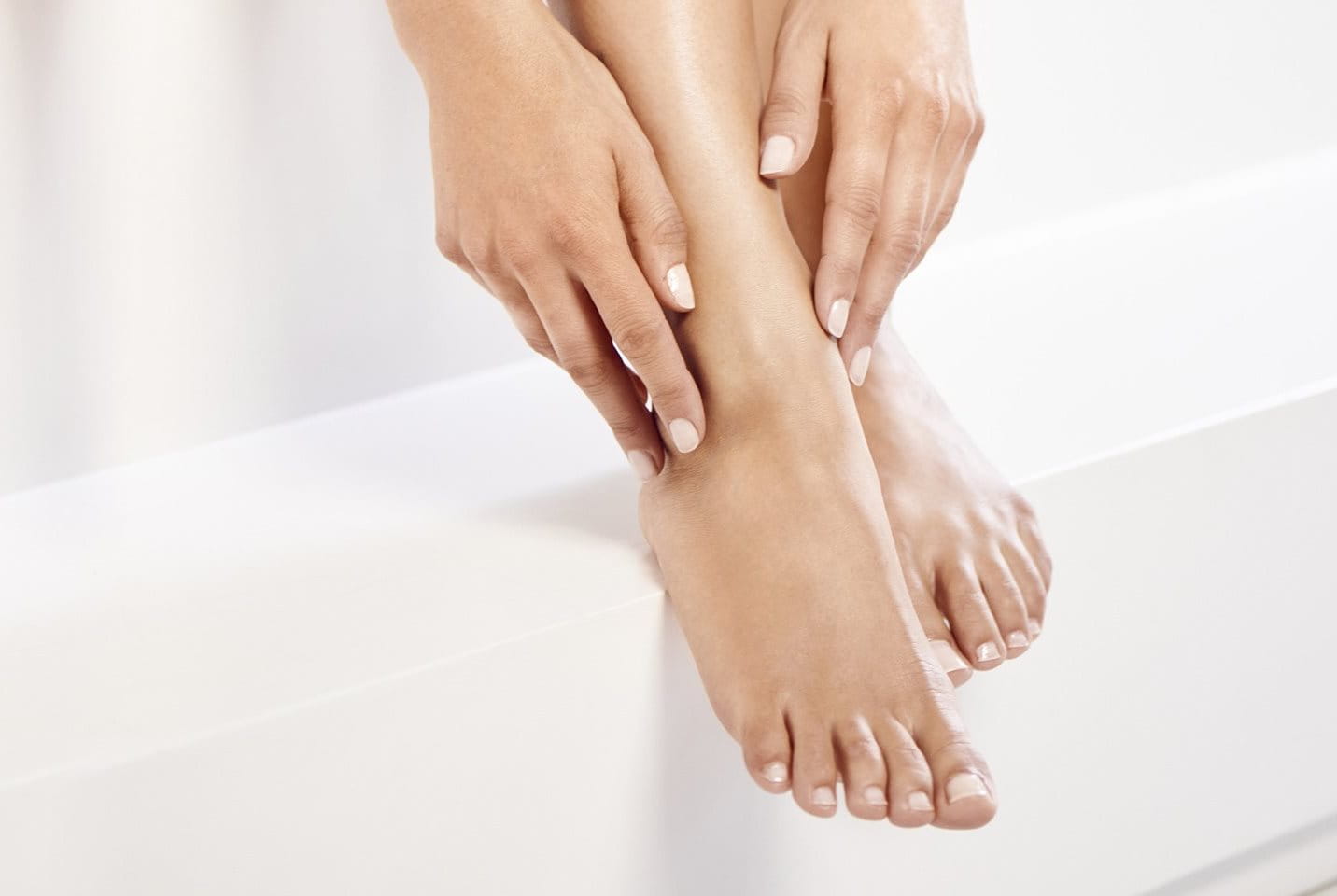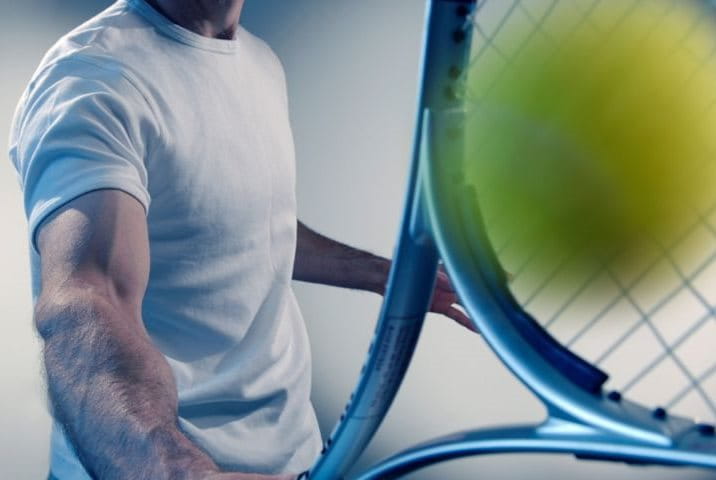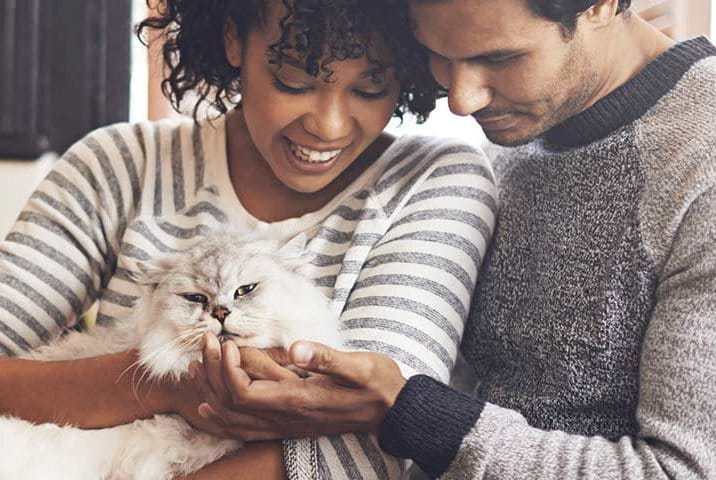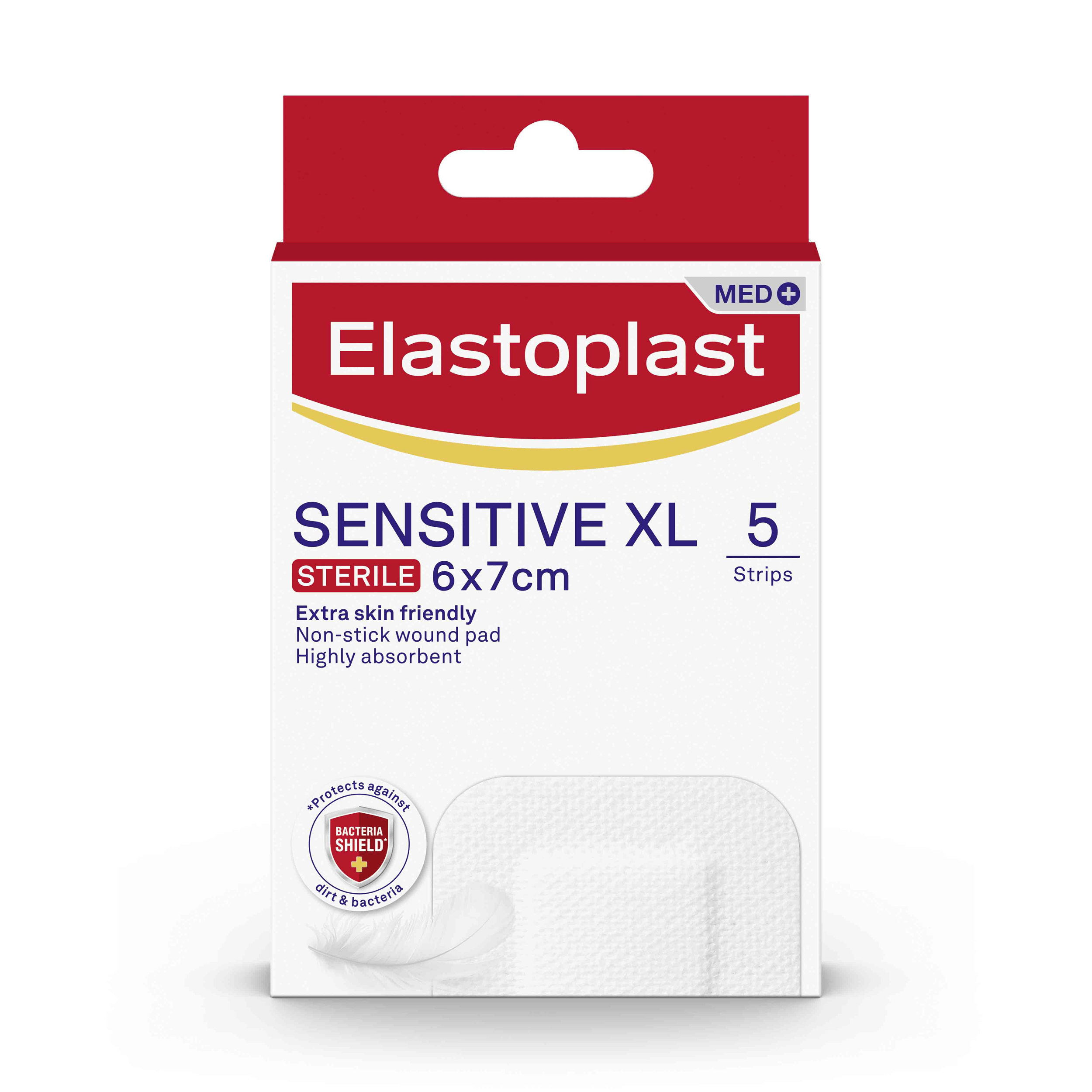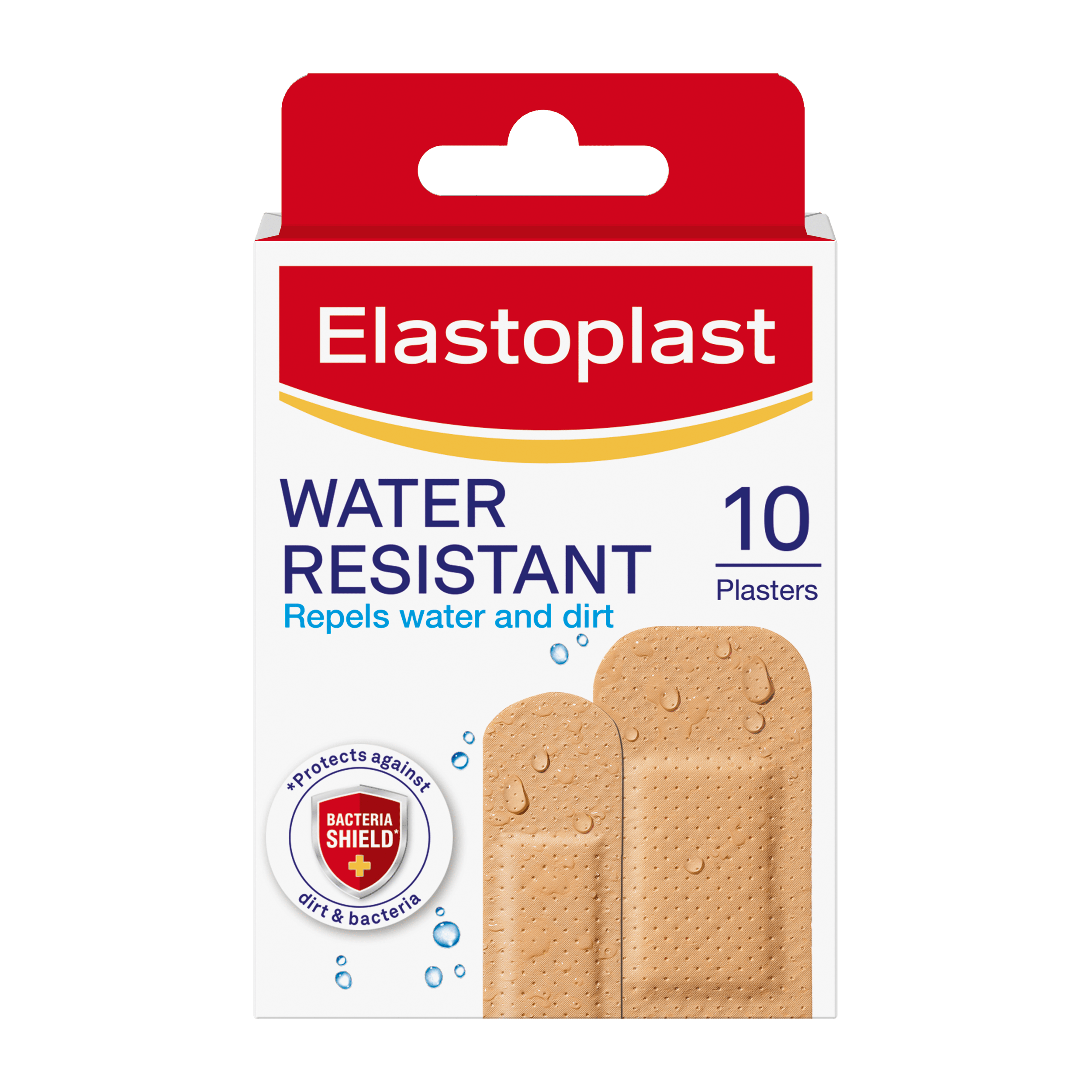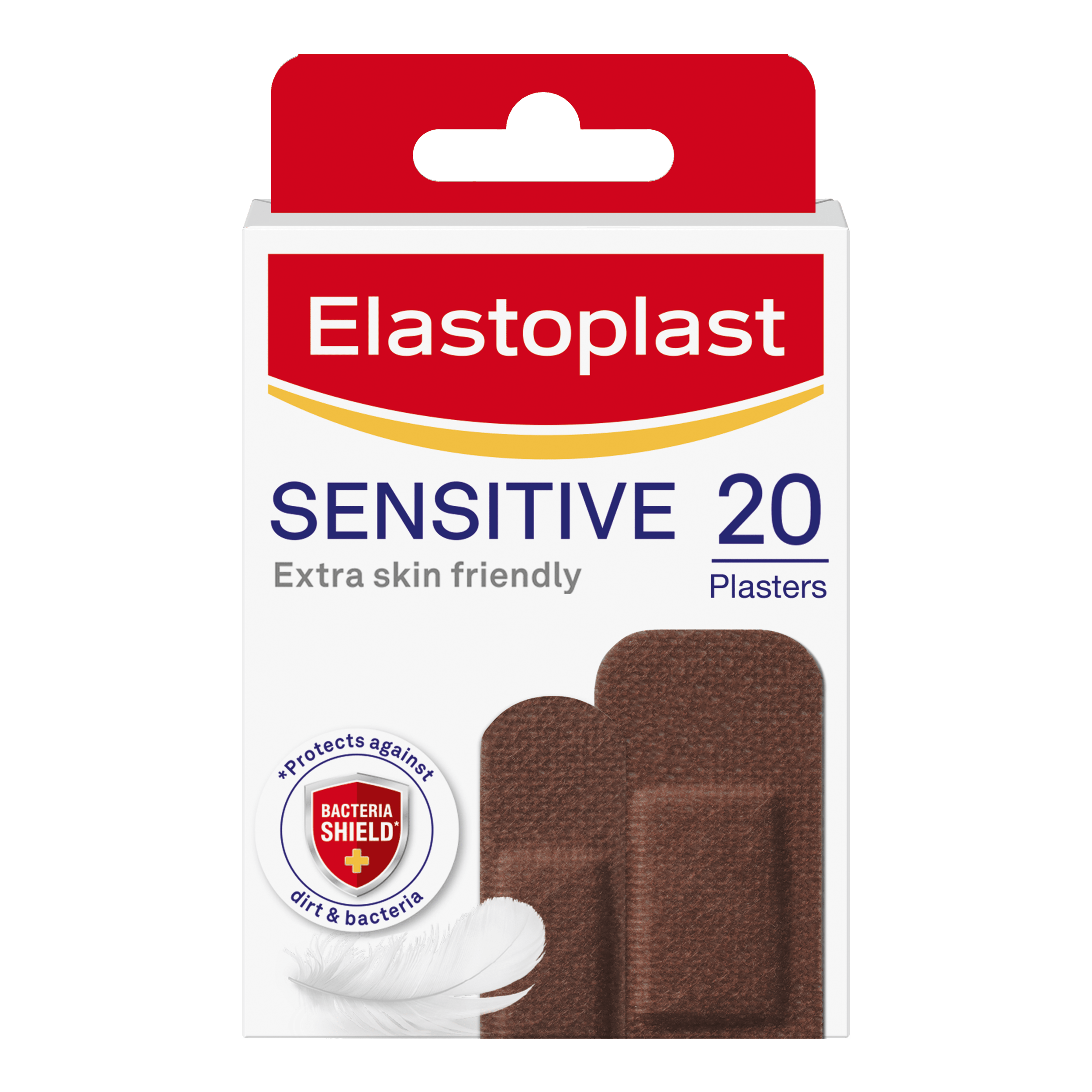What is a blister?
How does a blister form?
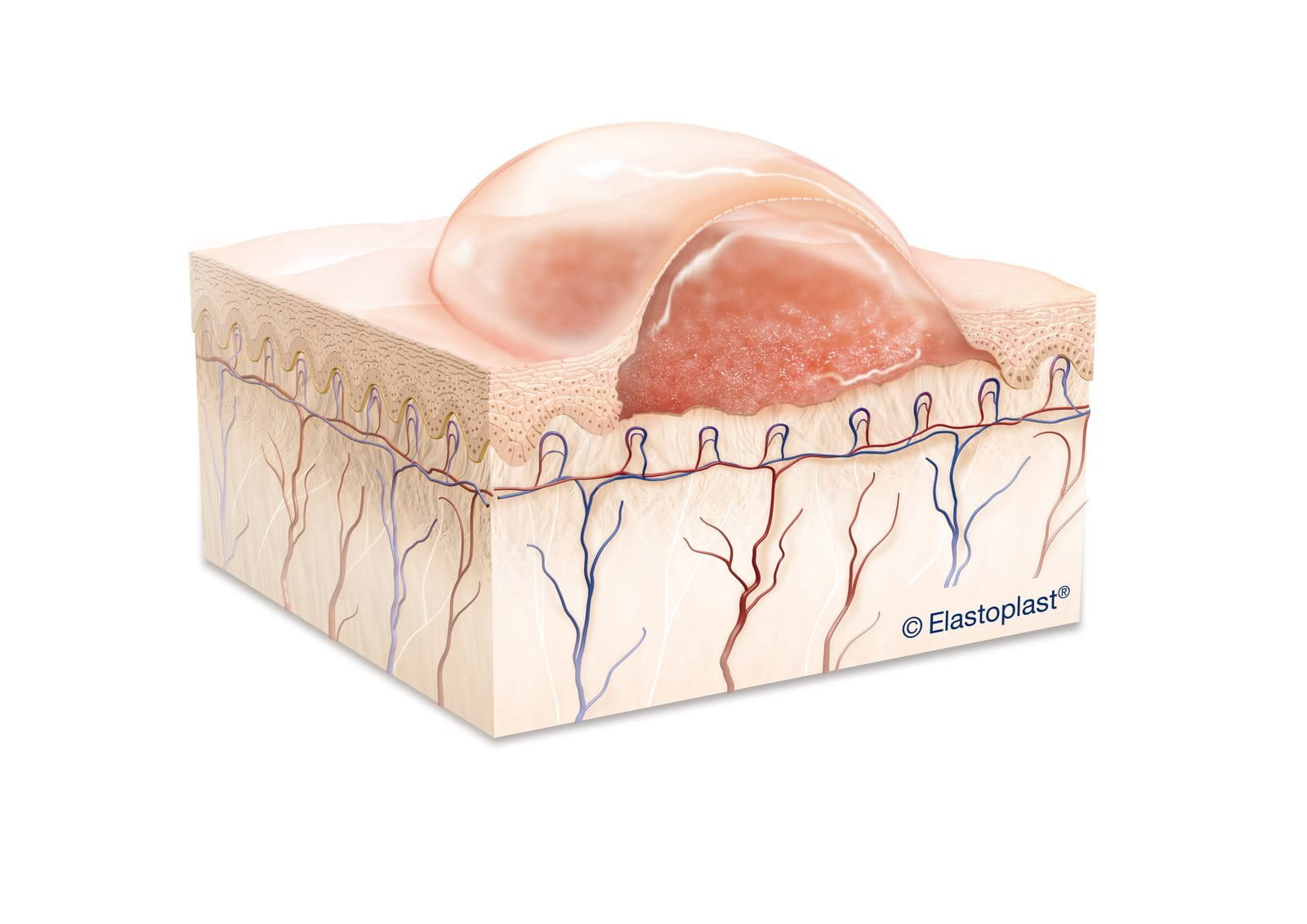
The blister’s outer membrane is what successfully protects the wound - from further pressure, and from dirt and bacteria infecting the body.
Should you pop blisters?
The best way to deal with a blister is to leave it intact. As long as it is covered, the wound is protected from infection. A blister should not be opened because the blister roof protects against additional infection. If the blister comes open accidentally, don‘t pull off the outer skin layer.
Can I use a blister plaster on a popped blister?
Leave a popped blister alone to heal, and cover it with a blister plaster. Applying a blister plaster will do three things:
- Help to avoid additional pressure from shoes on to the blister
- Protect the delicate layer of skin on top of the blister (the blister roof) until the blister is ready to drain by itself
- Protect an open blister from infection and external influences such as water, dirt and bacteria
A blister requires patience, and there are a few measures you can take to prevent pain and ensure fast wound healing.
How do blister plasters work?

As soon as you can feel a blister developing, apply a plaster. Elastoplast Blister Plasters are one of the first self-help options for blister treatment. These cushion the affected area and protect even an open blister from infection and dirt. The plaster will also help relieve the pressure-induced pain and accelerate the healing process.
Hydrocolloid technology mimics the function of a scab, allowing Elastoplast Blister Plasters to create the optimal moist environment for wound healing that helps the wound to heal faster compared to remaining uncovered. Learn more about hydrocolloid dressings.
Why has my blister plaster gone white?
How long do you leave blister plasters on?
How to get blister plasters off
Should you put a plaster on a blister?

The hydrocolloid material of our blister plaster will take up superfluous liquid from the wound and create a protective gel cushion over it at the same time, which will keep its environment humid and thus let the wound heal quickly.
Can I use a blister plaster on a spot?
In theory this could do the trick, as blister plasters with hydrocolloid technology are designed to draw liquid out of a wound. So the white pus in a spot could be extracted without the need for painful squeezing. Protecting the spot with a blister plaster may also reduce the chance of infection.
How to pop a blister
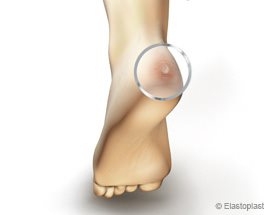
While they usually heal within a few days, sometimes it's not always practical to leave blisters alone - especially if they're painful, large or in an area where they're likely to be ruptured. So in some instances, popping a blister may actually be the best way to protect it against infection.
If you’re unsure how to pop a blister, follow these steps to do it safely and reduce the risk of infection:
- Wash your hands and gently clean the surface of the blister with an antiseptic wash or the Elastoplast Wound Spray.
- Sterilise a thin needle with boiling hot water or rubbing alcohol for at least 20 seconds.
- Carefully puncture the blister with one or two small holes around the edge, allowing the fluid to drain on its own. White or yellow pus can indicate an infected blister, which may require medical attention.
- Leave the skin over a broken blister intact - this acts as a protective cover for the new skin underneath
- Apply the Elastoplast Wound Healing Ointment to the blister.
- Tightly cover the blister with a small dressing, or a skin-friendly plaster such as the Elastoplast Blister Plaster or Sensitive plaster.
How to prevent blisters
If you're prone to suffering from blisters, read our tips on blister prevention:
- Wear comfortable shoes that fit correctly, especially if you know that you’ll be walking a lot or on your feet for a long time. The right choice of shoes can help prevent future pain, and shoes are usually the reason behind the formation of blisters. Remember to gradually break in new shoes before you wear them on a big shopping tour or sightseeing trip.
- Wear better socks, such as non-cotton ones that wick away moisture. Consider doubling up on socks prior to any blister-inducing activities. This allows one layer to soak up moisture while the other provides extra padding.
- Apply a foot cream regularly for basic foot care. This will make the skin on your feet more supple and hydrated and therefore more resistant to developing blisters.
- Humidity and leather are not a good mix: keep your feet as dry as possible. Wet shoes, boots and socks will cause blisters far quicker than dry ones.
- Working out or running? Wear special socks that are enforced on toes or heels and don‘t have seams.
- Cover up areas that are prone to blisters for an extra layer of protection.
- When going on city trips or for longer walks, be prepared by taking an Elastoplast Blister Plaster with you in your bag. This is conveniently equipped with a case to ensure that your five large plasters do not get lost on your adventures.
- Add talcum powder to your shoes and socks to help absorb moisture.
- Consider keeping calluses instead of removing them, as they help to remove your feet.
Please note that none of the above tips are a substitute for professional medical advice. Consult a health expert if our tips do not help, or if you have (or suspect that you have) a medical condition.
For further information about Elastoplast products, please contact us at consumer.relations.uk@beiersdorf.com
Please read the instructions for use given in our product packaging with care.
